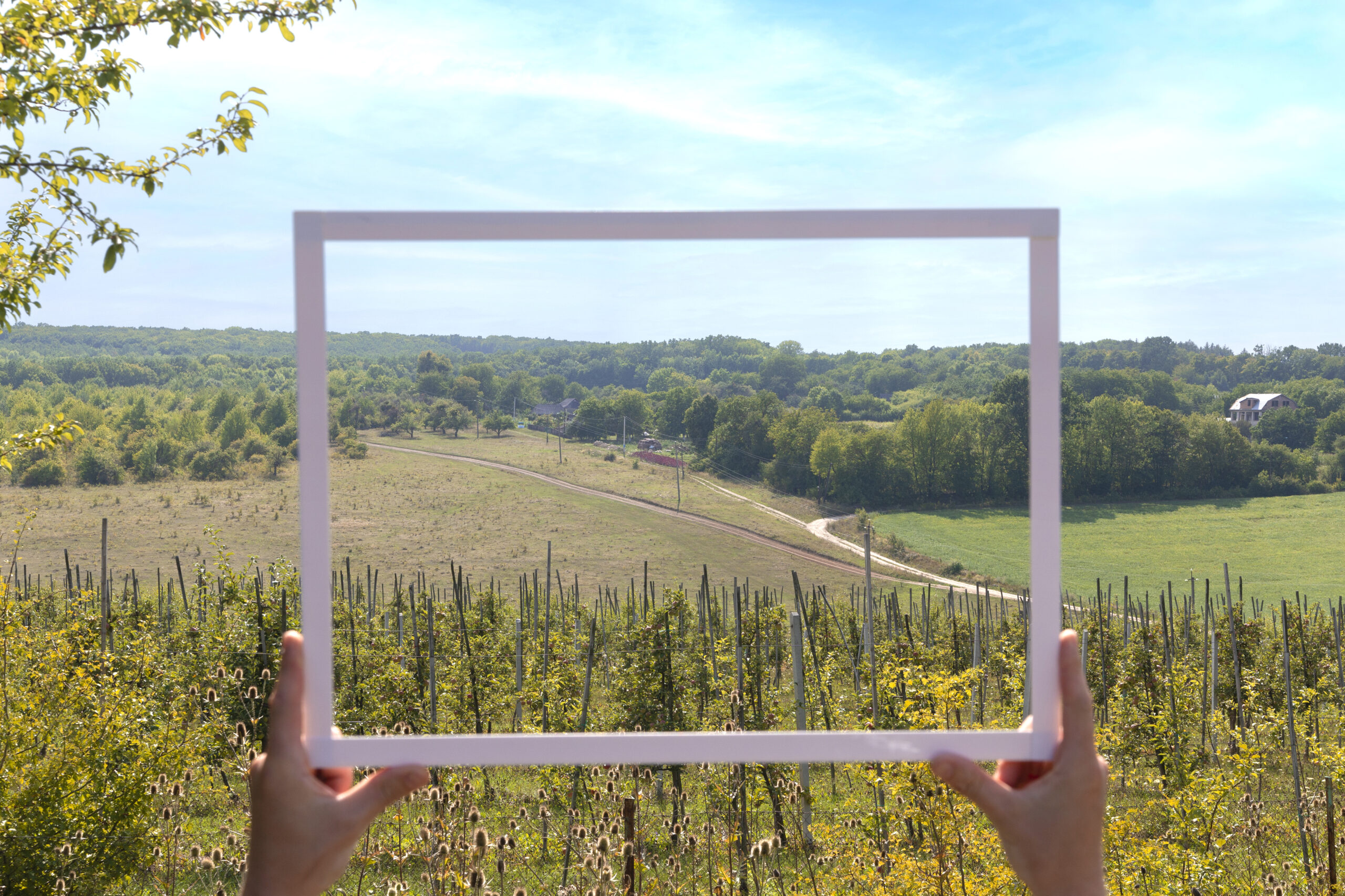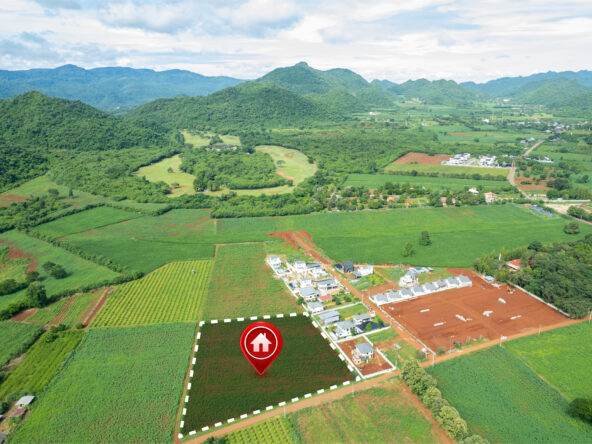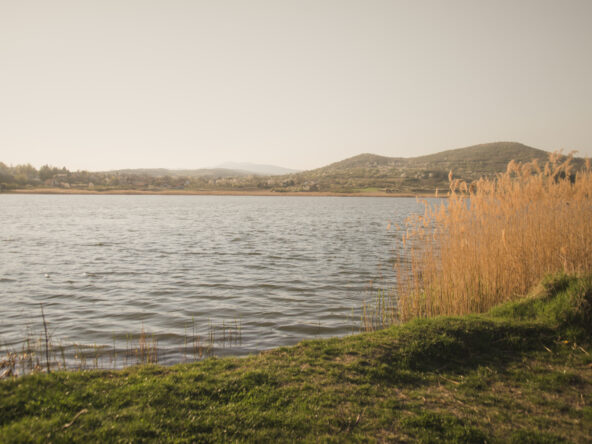Hey there, future real estate moguls! Thinking about diving into the world of property investments? Awesome choice! But before you make any big moves, let’s chat about the age-old dilemma: raw land or improved land? Buckle up as we explore the pros and cons of each to help you figure out which road to take on your investment journey.
Raw Land Investments
Definition and Characteristics
Alright, let’s talk about the wild, untamed beauty of raw land investments. Imagine standing on a pristine piece of earth, untouched by human development. That’s raw land for you – a canvas waiting for your vision to breathe life into it. It’s the blank slate of the real estate world, and the possibilities are as vast as the open horizon.
Pros
1. Lower Initial Investment: A Budget-Friendly Adventure
Raw land is like the thrift shop of real estate. If you’re not looking to drop a small fortune right out of the gate, raw land is your go-to option. The initial investment is usually lower compared to buying developed properties. For those of us with big dreams but modest wallets, raw land offers an entry point into the exciting world of real estate without breaking the bank.
2. Creative Development Possibilities: Crafting Your Dream
Think of raw land as your personal playground. It’s not just about buying a piece of property; it’s about crafting something entirely your own. From envisioning a cozy residential neighborhood to dreaming up a bustling commercial hub, the creative freedom is exhilarating. The land is yours to shape, design, and develop according to your unique vision.
3. Potential for Significant Appreciation: Investing in Tomorrow’s Hotspots
Raw land isn’t just about the present; it’s an investment in the future. Imagine snagging a parcel on the outskirts of a growing city or in an area marked for expansion. As urban areas sprawl and populations swell, your piece of raw land could become the next big thing. The potential for significant appreciation over time is a key allure for investors with a long-term mindset.
Cons
1. Limited Immediate Income: Patience is a Virtue
Let’s be real – raw land won’t be sending you rent checks right off the bat. Unlike improved land with buildings ready to be rented out, raw land requires patience. You’re in it for the long game, waiting for the right time to develop or sell when the market conditions are in your favor.
2. Development Risks and Costs: Navigating the Unknown
Developing raw land is an adventure, but every adventure has its challenges. Zoning regulations, environmental assessments, and the nitty-gritty of infrastructure development can throw curveballs your way. These challenges translate into risks and additional costs that need to be factored into your game plan.
3. Longer Time Horizon for Returns: Playing the Waiting Game
Investing in raw land demands a touch of Zen and a willingness to play the waiting game. The process of obtaining zoning approvals, developing infrastructure, and finding the right buyers or tenants takes time. If you’re looking for quick returns, raw land might not be the express lane to financial gains.
Improved Land Investments
Definition and Characteristics
Now, let’s shift our gaze from the untamed wilderness of raw land to the structured landscapes of improved land investments. Improved land is like a city dweller compared to the raw land’s wilderness explorer – it already has structures, amenities, and a story to tell. This type of investment opens the door to immediate action, with properties ready to generate income from day one.
Pros
1. Immediate Income Potential: Cash in Your Pocket Now
Improved land is the golden ticket to quick cash flow. The structures on the property, whether residential or commercial, are ready for occupancy. You can rent them out or put them to use, and bam – you start seeing returns on your investment almost immediately. It’s a game-changer for those looking to get money rolling in without waiting around.
2. Lower Development Risks: Skipping the Drama
Unlike the unpredictable world of raw land development, improved land comes with fewer surprises. Zoning is already sorted, and infrastructure is in place. You’re not navigating the maze of unknowns; you’re taking the reins of a property that’s already been through the development process. It’s a smoother ride with fewer bumps along the way.
3. Established Infrastructure and Amenities: Move-In Ready Charm
Improved land has that “move-in ready” charm. Roads, utilities, and amenities are part of the package. Tenants or buyers don’t have to wait – they can jump in and enjoy the benefits immediately. This not only makes the property more attractive but also streamlines the process of finding occupants.
Cons
1. Higher Initial Investment: Paying for Convenience
The convenience of improved land comes at a cost – a higher upfront investment. If you’re ready to dish out a bit more cash at the beginning, you can enjoy the immediate income and reduced development risks that come with improved land. It’s a trade-off between quick returns and a more significant initial financial commitment.
2. Limited Creative Development Options: Dancing to Existing Tunes
Improved land might not be the best stage for your wild development dreams. Existing structures and zoning regulations can limit your creative freedom. While you can still make renovations and improvements, you won’t have the same blank canvas to work with as you would with raw land.
3. Potential Maintenance Costs: Tending to the Nest
Improved land, especially those with structures, can bring along maintenance costs. Repairs, renovations, and general upkeep become part of the deal. While improved land provides immediate income, it also demands ongoing attention and investment to keep the property in top-notch condition.
Comparative Analysis
Financial Considerations
Initial Investment
Raw land is like the budget-friendly option, while improved land demands a bit more cash upfront. Consider your financial stance and risk tolerance before deciding which path to take.
Cash Flow Potential
Improved land wins the quick cash game. With existing structures ready to roll, you can start earning almost immediately. Raw land, on the other hand, takes time to appreciate or develop before money starts flowing in.
Appreciation Over Time
Raw land has the potential for substantial appreciation over time, especially in growing areas. Improved land can appreciate too, but it might depend more on location, property condition, and market demand.
Risk Assessment
Market Volatility
Both raw and improved land are on the rollercoaster of market ups and downs. Stay informed about market trends to navigate the uncertainties.
Development Uncertainties
Raw land comes with more development uncertainties, while improved land has fewer surprises. Still, be prepared for twists and turns in the property game.
Economic Factors Impacting Both Options
Keep an eye on economic factors like interest rates, inflation, and job growth. These can influence both raw and improved land investments.
Case Studies
Examples of Successful Raw Land Investments
- Suburban Expansion: Picture an investor grabbing raw land on the outskirts of a booming suburb. With patience and strategic planning, they sell it for a hefty profit as the city expands.
- Creative Development: Imagine an investor turning raw land in an up-and-coming area into a vibrant community. Unique development ideas lead to high appreciation and demand.
Examples of Successful Improved Land Investments
- Commercial Property: Think of an investor snagging improved land with a ready-to-go commercial building. Prime location and existing infrastructure attract tenants, and the property’s value skyrockets.
- Residential Rental Portfolio: Picture an investor building a bunch of improved homes, raking in cash from renting them out. With some TLC, these properties become long-term money-makers.
Lessons Learned from Both Types of Investments
- Diversification: Combine raw and improved land for a balanced portfolio.
- Thorough Due Diligence: Do your homework before diving in. Know the market, understand zoning rules, and assess development potential.
- Adaptability: Stay flexible and responsive to market changes. It’s the key to navigating the ups and downs of real estate.
Decision-Making Factors
Investor Goals and Time Horizon
Decide if you’re in it for quick cash or playing the long game. Choose raw or improved land based on your goals and time horizon.
Risk Tolerance
Understand your risk tolerance – it’s your investment superpower. Whether you’re a risk-taker or play it safe, let it guide your decisions.
Market Conditions and Trends
Stay informed about market conditions and trends. Knowing what’s hot and what’s not is crucial for successful real estate ventures.
Conclusion
Raw land or improved land – each has its perks and quirks. Whether you’re dreaming big with raw land or diving into the quick cash of improved land, remember: real estate is a journey, not a sprint. Happy investing! 🏡💰




